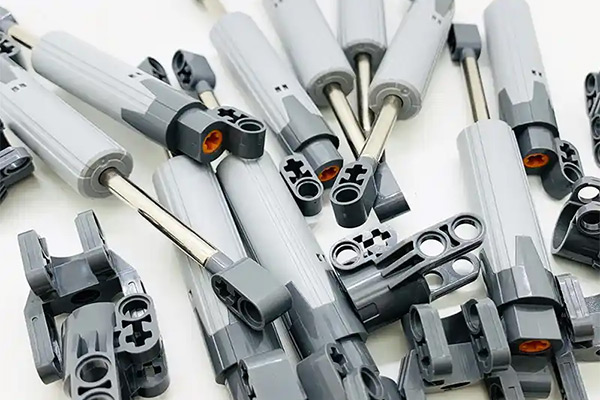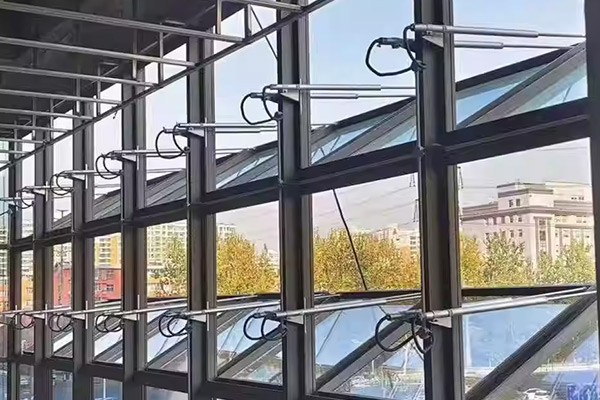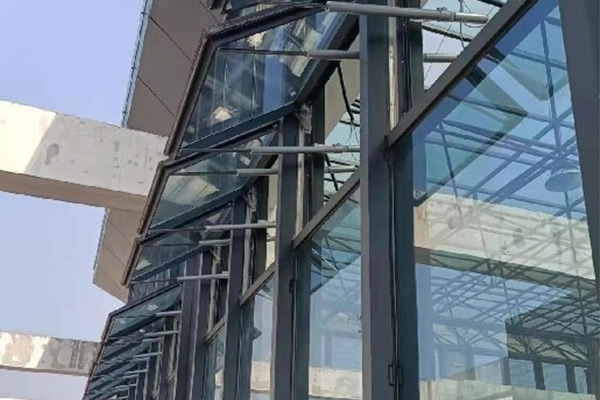Typical Application Areas Of Pen-Type Electric Linear Actuator
Due to its unique advantages, the pen-type electric linear actuator finds widespread application in numerous fields that demand stringent requirements for space, precision, and reliability:
1. Medical Devices:
● Diagnostic Equipment: Such as endoscope lens focusing, micro-pipetting in sample analyzers, and microscope focus adjustment.
● Surgical Robots/Instruments: Enabling fine grasping, positioning, and cutting movements.
● Rehabilitation Equipment: Micro-adjustments in prosthetics or orthotics.
● Hospital Beds/Care Equipment: Small adjustment functions.
2. Laboratory Automation:
● Liquid Handling Systems: Precise control over reagent aspiration and dispensing.
● Sample Handling: Automatic transfer and positioning of various test tubes and petri dishes.
● Optical Instruments: Precise focusing and position adjustment of lenses or sensors.
3. Consumer Electronics:
● Smart Home Devices: Adjusting small ventilation vents, retractable hidden cameras.
● Wearable Devices: Micro-motion feedback in some advanced features.
● Cameras/Drones: Autofocus systems, micro-adjustments for stabilizers.
4. Precision Industrial Automation:
● Miniature Robotics: Opening and closing grippers, precise assembly of small components.
● Inspection Equipment: Precise position control for sensors or probes.
● Optical Device Manufacturing: Calibration of lenses or optical fibers.
Market Trends and Development Prospects
With the global pursuit of automation, intelligence, and miniaturization, the market demand for pen-type electric linear actuators is showing steady growth. Future development trends may include:
● Higher Integration: Sensors, controllers, and drivers will be further integrated into the actuator itself, leading to more intelligent, "all-in-one" solutions.
● Smaller Size and Higher Power Density: Providing greater force and faster speeds while maintaining or even reducing volume.
● Longer Lifespan and Higher Reliability: Utilizing more advanced materials and manufacturing processes to extend product life and reduce maintenance needs.
● Customization and Modularity: More customizable options to meet the needs of specific industries and applications, along with modular designs for easier assembly and replacement.
● Intelligence and Networking: Integration with the Internet of Things (IoT) and Industry 4.0, enabling remote control, status monitoring, and predictive maintenance.
Conclusion
Though small in size, the pen-type electric linear actuator's capability in delivering precise linear motion should not be underestimated. It plays a crucial role in advancing medical technology, enhancing laboratory automation, and enriching the functionality of consumer electronics. As technology continues to evolve, the pen-type electric linear actuator will continue to demonstrate its significant potential in the miniature drive field, providing powerful "precision force" for innovative applications across various industries.





